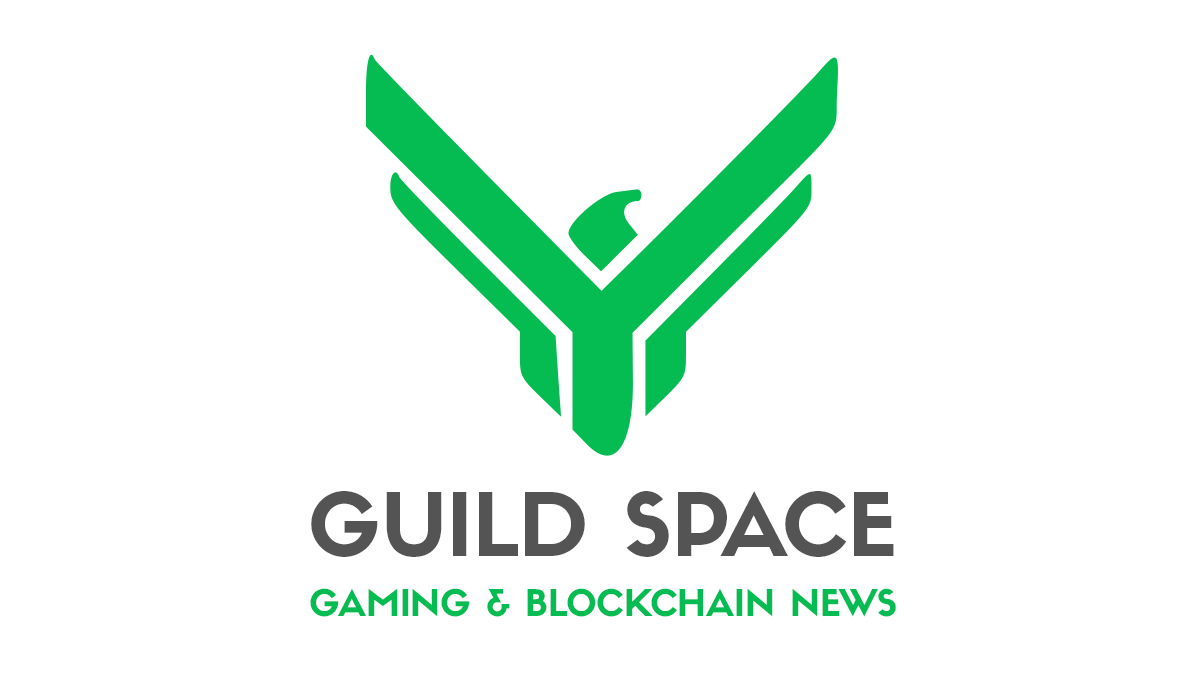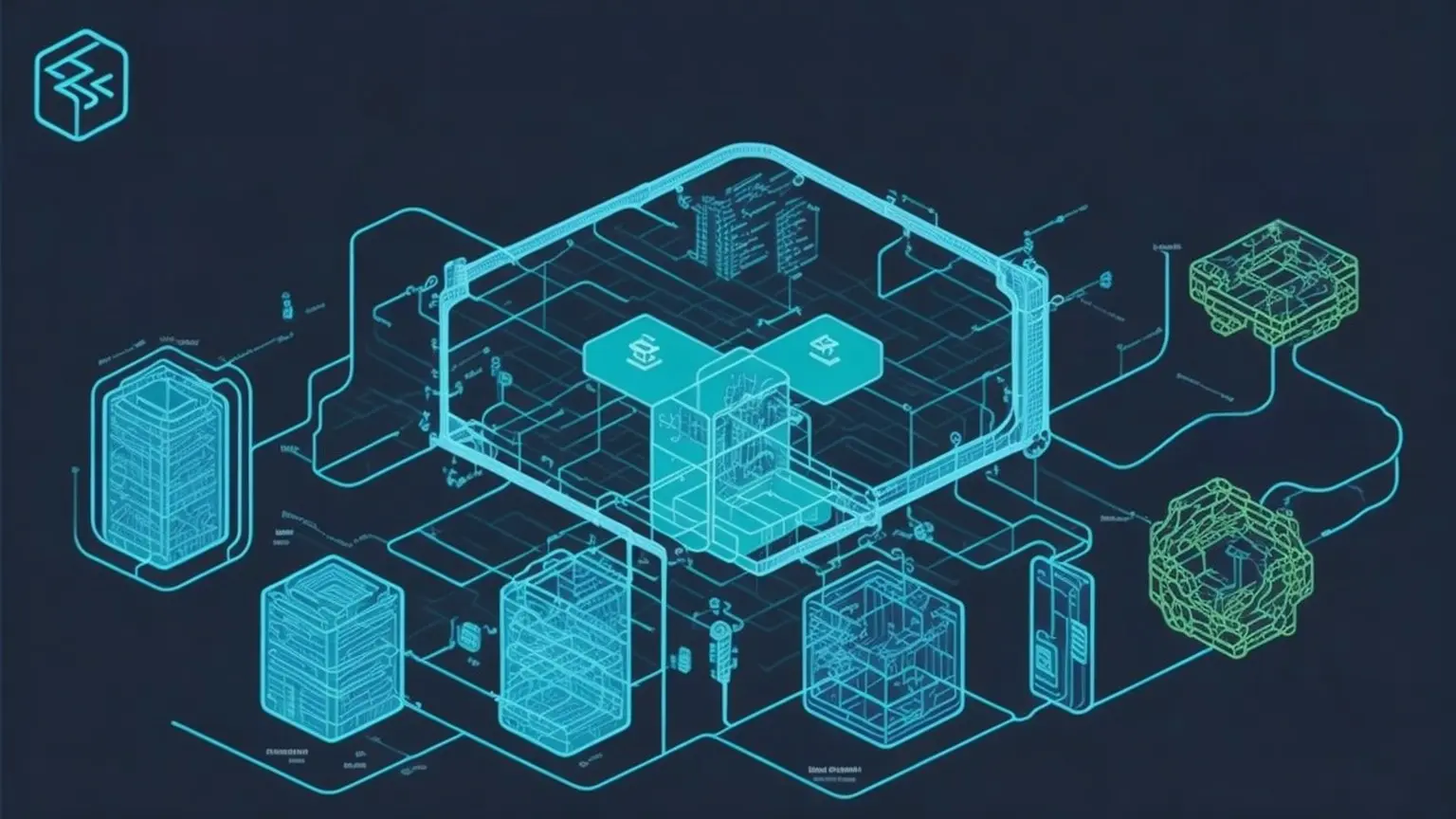Embracing Layer 2 Solutions: Unleashing the Full Potential of Blockchain Games


The intersection of blockchain technology and the gaming industry has given rise to an innovative ecosystem that emphasizes true ownership of digital assets and unique play-to-earn models. Despite these advancements, scalability remains a significant hurdle for blockchain’s full-fledged integration into gaming. Layer 2 solutions are stepping up to this challenge, offering a promising solution for scalability issues.
Decoding Layer 2 Solutions
Fundamentally, Layer 2 solutions operate as secondary frameworks built over the base blockchain layer (Layer 1). They aim to enhance the parent blockchain’s functionality and efficiency by conducting transactions outside the main chain, thereby reducing network congestion and amplifying blockchain’s transaction handling capacity.
The Impact of Layer 2 Solutions on Gaming
The growth and development of blockchain games are contingent on scalability. As more players join the ecosystem and blockchain interactions increase, the volume of transactions follows suit. This can lead to slower network speeds and escalating transaction fees, negatively impacting the gaming experience and stunting the game’s growth potential.
Layer 2 solutions are a perfect antidote to this issue. They enable fast, cost-effective transactions, a prerequisite for a seamless gaming experience. By managing transactions off-chain, Layer 2 solutions can handle a larger volume of transactions, diminish delays, and cut down transaction costs.
Layer 2 Solutions Making Waves in the Gaming Domain
Several Layer 2 solutions are making a significant impact in the realm of blockchain gaming. Polygon, previously known as Matic Network, stands out by providing a scalable and flexible platform for Ethereum-compatible games. Its fast transaction speed and nominal costs make Polygon’s Layer 2 solution a preferred choice for game developers.
Similarly, Immutable X is steadily gaining traction. Designed exclusively for Ethereum, it caters to NFTs and games, offering zero gas fees for transactions, making it an attractive proposition for numerous high-profile blockchain games.
Future Trajectory: Layer 2’s Influence on the Gaming Ecosystem
As the need for scalable blockchain solutions in gaming continues to rise, Layer 2 protocols are set to become a standard element in future blockchain games.
However, the effective implementation of Layer 2 solutions requires developers to possess deep knowledge of blockchain intricacies. Implementing Layer 2 is not without its challenges and demands a comprehensive understanding of its workings.
Successful integration of Layer 2, nonetheless, can unlock new avenues for blockchain gaming applications. It can facilitate the development of more complex, dynamic games that leverage blockchain’s potential to enhance the gaming experience fully.
In conclusion, integrating Layer 2 protocols into blockchain gaming is a vital step towards realizing blockchain’s full potential in the gaming industry. It not only helps overcome current limitations but also paves the way for further innovation in the space.
Recent Posts
How to Manage an Online Community: Best Practices for Success
In today's digital age, online communities have become a pivotal aspect of brand building, marketing, and fostering user engagement. Proper…
The Future Smart Home: Automation, Energy Efficiency & Next-gen Technologies
Automation, Energy Efficiency, and Cutting-edge Technologies in Domestic Management. 1. Introduction In today's world, technology continues to become more integrated…
Building an Online Community: A Step-by-Step Guide
In today's digital age, online communities have become hubs for knowledge exchange, shared interests, and camaraderie. If you're thinking of…
Blockchain’s Revolution in Real Estate: Ushering in Transparency
Blockchain, originally known as the backbone technology of cryptocurrencies, holds potential far beyond the financial sector. One such area where…
Leveraging Graph Databases for Complex Data Structure Analysis: An Overview of Benefits and Application Methods
The contemporary data landscape is ever-expanding and becoming more intricate, and conventional analysis tools and methods often fall short in…
Leveraging Quantum Computers in Scientific Research: A Revolution in the World of Science
The emergence of the first working prototypes of quantum computers signaled a new era of scientific exploration. With a fundamentally…